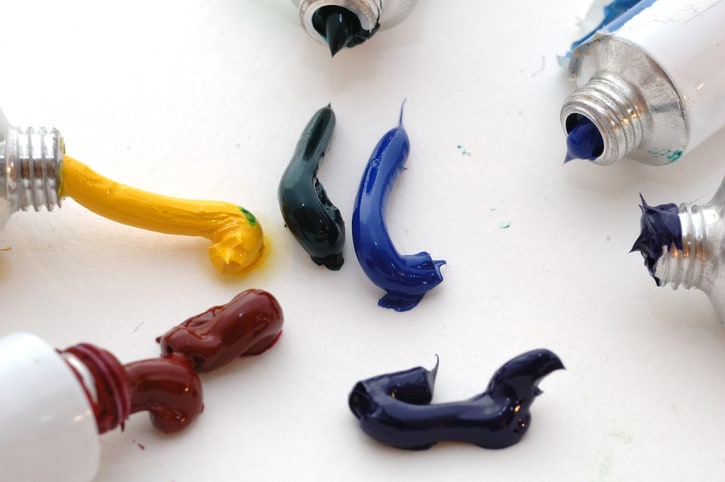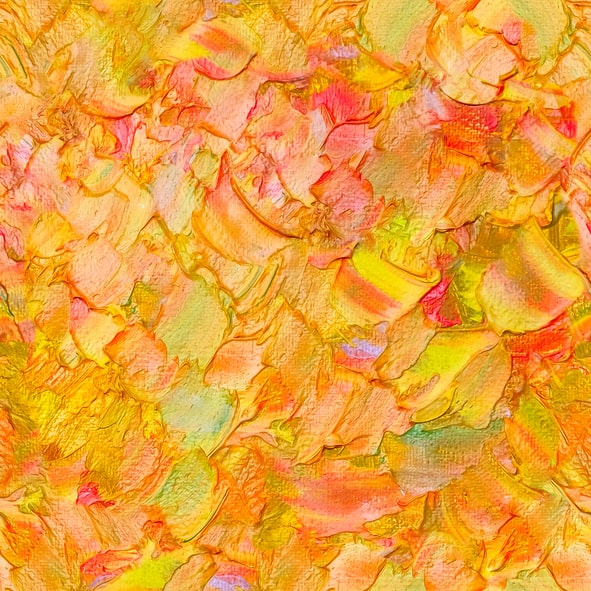You’ve got your canvas all ready, you know you’ve got full tubes of paint ready in the colors you wanted. How disappointing it is when you try to squeeze your paint out and it’s thick and gluggy!
Is there anything you can do besides heading back to the art store for fresh paint?

What to do with thick acrylic paint
- Check the type of paint you have, is it Flow or Structure, Heavy Body or Pouring?
- Structure and Heavy body paint is meant to be thicker in consistency; Flow is as it sounds: runnier.
- Is the paint old and drying out?

Remedies for thick paint
- Mix in tiny amounts of Retarder or water until you have a more workable consistency.
- Use a palette knife to mix your paint instead of a brush, it provides greater mixing power.
- Make sure your paint tubes are air-tight. Are there cracks in the lid?
- For more information on using Acrylic Paint Retarder, see my post here.
- Every paint brand has their own recommended products to thin the paint. (from my experience water or a good retarder work equally well, no matter what the brand)

Warnings
- Retarder will require much longer to dry, do not varnish prematurely.
- Fix the problem before mixing with new colors. (wastage can occur)
- Too much water will dilute your color.
- Be patient and mix each amount of your chosen thinner completely before adding the next amount.
Consider an alternative use for your thick, tacky paint.
If you really don’t want to go to the trouble of saving your tube of paint, you could always re-purpose it for an impasto style of painting that thicker paint is perfect for. You apply with a palette knife and want it to be highly textured. So either way, all is not lost.

If you’re not into the Impasto style, try to save your paint by taking the time to fix it. Paint isn’t cheap, especially the good quality ones, so it’s worth the effort.

